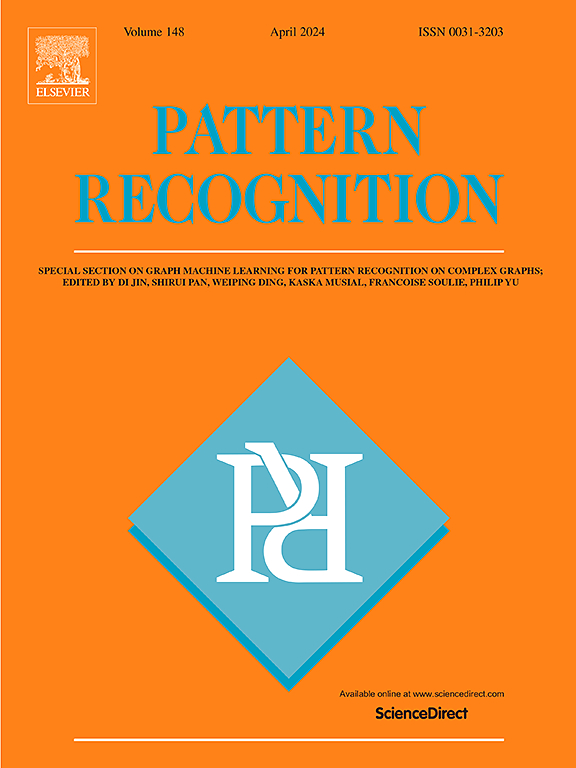Enhancing robustness and efficiency of least square twin SVM via granular computing
IF 7.5
1区 计算机科学
Q1 COMPUTER SCIENCE, ARTIFICIAL INTELLIGENCE
引用次数: 0
Abstract
In the domain of machine learning, least square twin support vector machine (LSTSVM) stands out as one of the state-of-the-art classification model. However, LSTSVM is not without its limitations. It exhibits sensitivity to noise and outliers, fails to adequately incorporate the structural risk minimization (SRM) principle, and often demonstrates instability under resampling scenarios. Moreover, its computational complexity and reliance on matrix inversions hinder the efficient processing of large datasets. As a remedy to the aforementioned challenges, we propose the robust granular ball LSTSVM (GBLSTSVM). GBLSTSVM is trained using granular balls instead of original data points. The core of a granular ball is found at its center, where it encapsulates all the pertinent information of the data points within the ball of specified radius. To improve scalability and efficiency, we further introduce the large-scale GBLSTSVM (LS-GBLSTSVM), which incorporates the SRM principle through regularization terms. Experiments are performed on UCI, KEEL, and NDC benchmark dataset demonstrate that both the proposed GBLSTSVM and LS-GBLSTSVM models consistently outperform the baseline models. The source code of the proposed GBLSTSVM model is available at https://github.com/mtanveer1/GBLSTSVM.
通过颗粒计算提高最小二乘双支持向量机的鲁棒性和效率
在机器学习领域,最小二乘双支持向量机(LSTSVM)是最先进的分类模型之一。然而,LSTSVM也有其局限性。它表现出对噪声和异常值的敏感性,未能充分纳入结构风险最小化(SRM)原则,并且在重采样场景下经常表现出不稳定性。此外,它的计算复杂性和对矩阵反演的依赖阻碍了大型数据集的有效处理。为了解决上述问题,我们提出了鲁棒颗粒球LSTSVM (GBLSTSVM)。GBLSTSVM使用颗粒球代替原始数据点进行训练。颗粒球的核心位于其中心,它封装了指定半径球内数据点的所有相关信息。为了提高可扩展性和效率,我们进一步引入了大规模GBLSTSVM (LS-GBLSTSVM),该svm通过正则化项融合了SRM原理。在UCI、KEEL和NDC基准数据集上进行的实验表明,本文提出的GBLSTSVM和LS-GBLSTSVM模型均优于基线模型。所提出的GBLSTSVM模型的源代码可从https://github.com/mtanveer1/GBLSTSVM获得。
本文章由计算机程序翻译,如有差异,请以英文原文为准。
求助全文
约1分钟内获得全文
求助全文
来源期刊

Pattern Recognition
工程技术-工程:电子与电气
CiteScore
14.40
自引率
16.20%
发文量
683
审稿时长
5.6 months
期刊介绍:
The field of Pattern Recognition is both mature and rapidly evolving, playing a crucial role in various related fields such as computer vision, image processing, text analysis, and neural networks. It closely intersects with machine learning and is being applied in emerging areas like biometrics, bioinformatics, multimedia data analysis, and data science. The journal Pattern Recognition, established half a century ago during the early days of computer science, has since grown significantly in scope and influence.
 求助内容:
求助内容: 应助结果提醒方式:
应助结果提醒方式:


